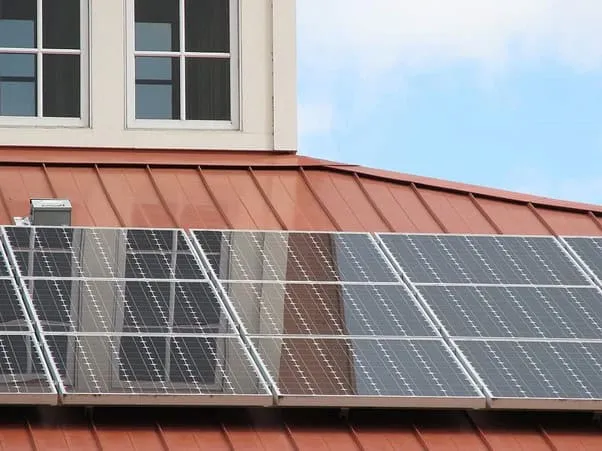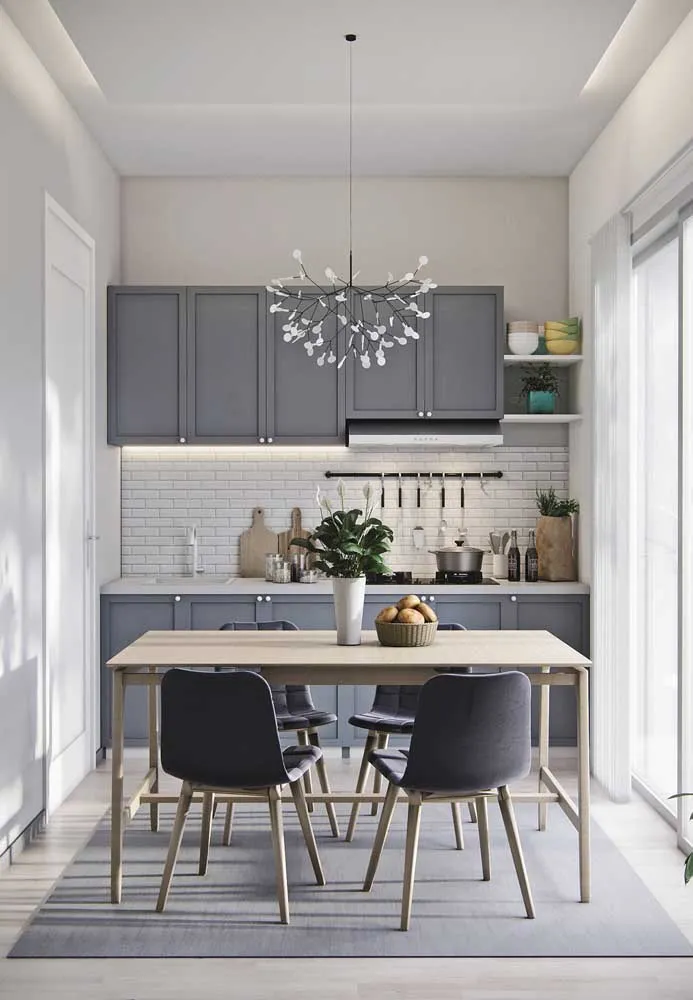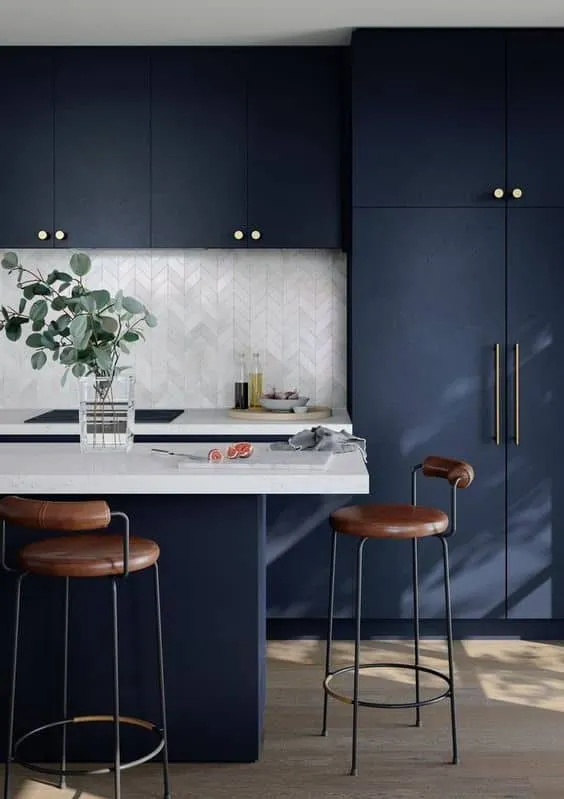There can be your advertisement
300x150
Is Your Roof Type Suitable for Solar Panels?
If you want to save on electricity bills and have your own source of clean energy, solar panels are what your home needs. In this article we'll explore how to install solar panels on different types of roofs.
Metal Roofs: The Easiest Option

Metal roofs are the most convenient for solar panels. Installing a standard residential solar energy system can be completed in one day. But this is not their only advantage — metal roofs also:
✔ Durable: They last over 50 years, which matches the lifespan of solar panels from 25 to 30 years.
✔ Reflective: Metal roofs reflect light, directing it toward solar panels and increasing their efficiency. If you install bi-facial solar panels, output can increase by up to 25%.
✔ Easy to Install: Some types of metal roofs don't require drilling at all.
Does a metal roof have disadvantages? Of course, but they aren't related to solar panels:
✖ Expensive to Replace: If you want to replace the roof before installing solar panels, be prepared for costs — metal roofs are more expensive than other options.
✖ Susceptible to Corrosion: Over time, metal roofs may rust, especially in coastal areas.
The process of installing solar panels on a metal roof depends on its type. If you have a standing-seam roof, modules can be attached directly to the seams using U-clamps. If you have a corrugated metal roof, U-clamps won't work — special brackets must be mounted on the ribs and then secured with galvanized screws.
Flat Roofs: A Controversial Case

Not every contractor is willing to take on installing solar panels on a flat roof. Why? This type of roof is both simple and complex to work with. The 'simple' aspects are:
✔ More Space: You can install more solar panels since the entire roof is accessible, not just the south-facing side.
✔ Greater Flexibility: Panels can be rotated in any direction and the tilt angle adjusted for optimal energy capture.
✔ Easier Installation: Solar panels can be installed without drilling using ballast in the form of bricks or concrete blocks.
✔ Easier Maintenance: You can safely walk on a flat roof, making cleaning, inspection and repairs easier.
The advantages are substantial. But what about drawbacks? There are also several:
✖ More Warranty Issues: Not every company offers warranty coverage for panels installed on flat roofs, as water can accumulate and cause damage.
✖ More Fasteners Required: During strong winds, tilted solar panels act like sails; the supporting structure must not only hold but also firmly secure them to prevent wind damage.
✖ Higher Leak Risk: Flat roofs tend to collect water. If you drill holes for mounting solar panels and don't properly seal them, water can easily seep inside and worsen the situation.
Regarding installation? Solar panels can be mounted on a specialized tank system that either uses bricks or concrete blocks as ballast, or is directly attached to the roof. Panels can also be mounted on metal frames which may either use ballast or be secured.
Clay Tile Roofs: A Complex Situation

Clay tile roofs are a much more complicated case. Let's start with the pros — there are only one:
✔ Durability: A clay tile roof lasts 50-75 years. The average lifespan of a solar system is about 25 years, meaning your roof can support two or three solar systems before needing repairs.
What are the downsides of a clay tile roof if you want to install solar panels? Here they are:
✖ Fragility: A clay tile roof cannot bear additional weight and breaks easily. Therefore, you need a more experienced contractor, and panel installation takes longer.
✖ Cost: Work on clay tile roofs is typically more expensive than other types.
As for installation, there are several methods. The first is to use a special frame mounted on the roof that serves as a framework for panels. The second option is to replace some tiles with metal sheets and then use screws or clamps.
Conclusion: Solar panels can be installed on any roof — metal, clay tile or flat. The only difference is how difficult it will be to install the system. Ultimately, you get a solar system that produces energy for your home all day and can reduce bills to zero.
More articles:
 Inspiring White Bathrooms for Creativity
Inspiring White Bathrooms for Creativity Ideas for Creating a Sleeping Corner in a Studio
Ideas for Creating a Sleeping Corner in a Studio Inspiring Floral Panels That Will Make You Want to Have One at Home
Inspiring Floral Panels That Will Make You Want to Have One at Home Inspiring Homes, Kitchen Renovations and Summer Atmosphere
Inspiring Homes, Kitchen Renovations and Summer Atmosphere Inspiration for the Balcony - Simple Tips for a Cozy Balcony
Inspiration for the Balcony - Simple Tips for a Cozy Balcony Inspiring Ideas for Small and Modern Planned Kitchens
Inspiring Ideas for Small and Modern Planned Kitchens Inspiration for Blue Kitchen Cabinets
Inspiration for Blue Kitchen Cabinets Inspiring and Unique Blue Chairs for the Living Room
Inspiring and Unique Blue Chairs for the Living Room